Refuting the argument that distorts Vietnam's great victory - Part 2
To refute and defeat the sinister plots and arguments of reactionary forces and political opportunists who distort the nature of our people's resistance war against the US to save the country, many solutions must be implemented synchronously. First of all, it is necessary to rely on historical data to affirm that it was the US imperialists who waged a war of aggression against Vietnam that lasted for 30 years (1945-1975) and went through many stages...
Phase 1 (1945-1954)
During this period, the US provided comprehensive economic, political and military support to the French colonialists so that they could invade our country again.
With the ambition to continue to maintain its domination in Vietnam and being "backed" by the US imperialists, the French colonialists sent troops back to invade our country once again with the intention of destroying the young Democratic Republic of Vietnam. Faced with that extremely dangerous situation, on December 19, 1946, President Ho Chi Minh issued a call for national resistance. Responding to his call, our entire army and people under the leadership of the Party successfully completed the resistance war against the French colonialists with the "famous Dien Bien Phu" Victory on May 7, 1954.
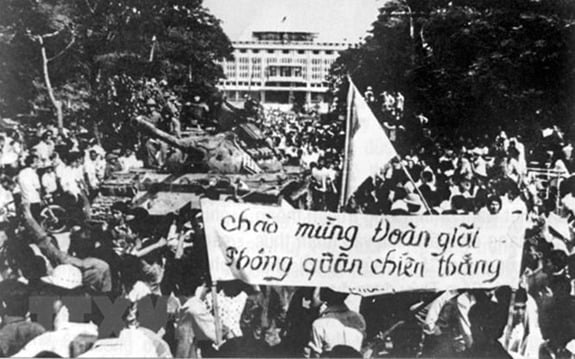 |
Saigon people welcome the liberation army occupying the puppet presidential palace, noon April 30, 1975. Photo: Document/VNA |
In fact, Vietnam's victory at Dien Bien Phu also defeated the US's policy of invading by using the French army to conduct a "proxy war" in our country. According to historical data published in the US and the West, most of the weapons and bombs used by the French colonialists in the Dien Bien Phu Campaign were American, including three aircraft carriers of the US 7th Fleet in the Pacific. The US even had a plan to use atomic bombs once France was at risk of defeat at Dien Bien Phu. Suffering a humiliating defeat at Dien Bien Phu, on July 20, 1954, the French colonialists had to sign the Geneva Agreement to end the war, restore peace, abolish French rule, and recognize the independence of not only Vietnam but also Laos and Cambodia. According to the Geneva Agreement, the territory of Vietnam was temporarily divided into two zones and demarcated by the 17th parallel. The signatories at the conference emphasized that in no case could the 17th parallel be considered a political or territorial border between countries, that the division was only temporary and that the two zones would be unified before July 1956 through free and democratic general elections.
Phase 2 (1954-1960)
The US considered the Geneva Agreement as a "communist threat to the free world". Under the guise of "preventing the communist danger", on September 8, 1954, the US established a military alliance under the SEATO Treaty (Southeast Asia Treaty Organization), including the United States, the United Kingdom, Australia, New Zealand, France, the Philippines, Thailand and Pakistan. With the SEATO Treaty, the US planned to turn South Vietnam into an anti-communist fortress in Southeast Asia. To carry out that strategic plan, in 1954, the US set up a new colonial government in Saigon led by Ngo Dinh Diem to conduct a "proxy war", or "war through the hands of others" - a familiar trick of neo-colonialism. The Saigon puppet government became the shock force for the US to carry out the strategy of "denouncing communists, destroying communists", plotting to destroy our resistance forces. In that context, the 15th Central Committee Conference, 2nd term of the Party passed a resolution defining one of the fundamental tasks of the Vietnamese revolution as liberating the South from the domination of American imperialism by combining political struggle with armed struggle. Implementing this resolution, the Southern Liberation Armed Forces were established, serving as the basis for the political struggle movement, defeating the "proxy war" of the US through the puppet government of Ngo Dinh Diem.
Phase 3 (1960-1965)
The US switched to implementing the "special war" strategy (1961-1965). According to this strategy, the US sent military advisors and a part of the regular force to directly conduct the war of aggression against Vietnam, while training combat and equipping the Saigon puppet army with the most modern weapons to conduct sweep and search and destroy campaigns against revolutionary forces to "pacify" South Vietnam within 18 months. By the end of 1962, the US army in the South had reached 11,300 soldiers, organized into 13 helicopter companies, 5 reconnaissance, attack and transport aircraft companies, 4 jet fighter squadrons with 257 aircraft of various types, 8 engineering and information companies and 1 special operations unit.
With US aid, the number of puppet troops increased rapidly, from 160,000 regular troops in 1960 to more than 360,000 in 1962. In addition, the security force of the Saigon puppet government increased from 70,000 in 1960 to 174,500 in 1962. The puppet army's militia force alone was organized into 128 companies, more than 1,000 platoons, and 2,000 squads, which were the forces occupying and controlling the people in hamlets and communes. The US considered the concentration of people to establish so-called "strategic hamlets" as the basic content of the "special war" strategy, the main measure to conduct sweeping operations, raids, and annihilation of villages, occupying and bringing the people of South Vietnam under their control. By the end of 1962, the US-puppet forces had herded 10 million rural people in the South into 1,700 strategic hamlets. In particular, in most of the South, the US military conducted the longest and most fierce chemical warfare to destroy the ecological environment. According to statistics from the Vietnam Association of Victims of Agent Orange/Dioxin, 4.8 million people in our country were infected with toxic chemicals.
To defeat the US's "special war" strategy, in January 1961, the General Military Commission (now the Central Military Commission) issued a Directive to establish the South Vietnam Liberation Army - a part of the Vietnam People's Army directly fighting on the southern battlefield. Receiving effective and timely support from the northern rear, the South Vietnam Liberation Army quickly matured and grew, achieved outstanding feats, and defeated the US imperialists' "special war" strategy.
Phase 4 (1965-1975)
Having failed in its "special war" strategy, the US decided to launch a "local war", expanding the scope of the war on both the Southern and Northern battlefields of Vietnam (1965-1973). On the Southern battlefield, the US massively poured in more than half a million troops equipped with the most modern weapons to destroy our main force, creating conditions for the puppet army to occupy, pacify and suppress in order to destroy the revolutionary forces in the South within 25-30 months (from mid-1965 to 1967). On the Northern battlefield, the US imperialists used their largest air force and navy since World War II to conduct a destructive war with the intention of "bringing Vietnam back to the Stone Age" in order to prevent our support for the Liberation Army of South Vietnam.
With a high sense of vigilance and high combat readiness, the army and people of the North defeated the destructive war of the US imperialists, shot down 3,243 planes, captured 363 pilots; burned and sank 143 warships; successfully completed the mission of providing human and material support to the South and helping the Lao and Cambodian revolutions. In early 1968, realizing that the balance of power had changed in our favor, the Politburo of our Party approved the decision to launch the General Offensive and Uprising in the spring of Mau Than, dealing a decisive blow to destroy the will of the US imperialists to invade. Having failed in the "local war" strategy, US President Lyndon Johnson was forced to issue a statement ending the sending of US troops to the South, transferring the main and direct combat role to the Saigon puppet army, unilaterally stopping the bombing of North Vietnam from the 20th parallel and accepting negotiations with the Democratic Republic of Vietnam in Paris. However, taking power in 1969, US President Nixon switched to implementing the strategy of "Vietnamization of the war".
The Paris negotiations between the four parties, the United States, the Democratic Republic of Vietnam, the Provisional Revolutionary Government of the Republic of South Vietnam and the Government of the Republic of Vietnam, were a fierce battle of wits at the negotiating table that lasted from 1968 to 1973. After five years of arduous negotiations, the United States finally accepted the basic contents of the Paris Agreement. However, due to the nature of the invasion, the United States wanted to reverse the situation by conducting the most powerful raid campaign using B-52 strategic bombers on the capital Hanoi, Hai Phong City as well as many other cities in Northern Vietnam in late 1972. Of which, the United States used 663 B-52 strategic bombers and 3,920 tactical aircraft, dropping more than 100,000 tons of bombs and ammunition on Hanoi, Hai Phong and a number of cities and towns in the North.
Suffering a heavy defeat and failing to achieve the goal of this strategic attack campaign, the US was forced to sign the Paris Agreement. According to this agreement, the US accepted many commitments and these commitments were favorable conditions for us to defeat the "Vietnamization of the war" strategy and successfully implement President Ho Chi Minh's strategic policy of "fighting to make the US leave, fighting to make the puppet regime fall", moving towards liberating the South and unifying the country through the General Offensive and Uprising in the Spring of 1975.
Thus, the entire history of our people's resistance against French colonialism and American imperialism proves that the US failed in its 30-year war of aggression against Vietnam and completely rejects all historical distortions that "the US never invaded Vietnam" or that "the North invaded the South". The US's establishment of a comprehensive strategic partnership with Vietnam is due to our willingness to put the past behind us so that the two countries can cooperate for mutual benefit, for peace in the region and in the world in the context of a fundamentally changed world political situation. This completely refutes the argument that the US waged war only to "help Vietnam approach Western civilization".
Colonel LE THE MAU
(According to People's Army Newspaper)
Source: https://baobinhdinh.vn/viewer.aspx?macm=1&macmp=73&mabb=354788




![[Photo] President Luong Cuong meets with Lao Prime Minister Sonexay Siphandone](https://vstatic.vietnam.vn/vietnam/resource/IMAGE/2025/4/25/3d70fe28a71c4031b03cd141cb1ed3b1)

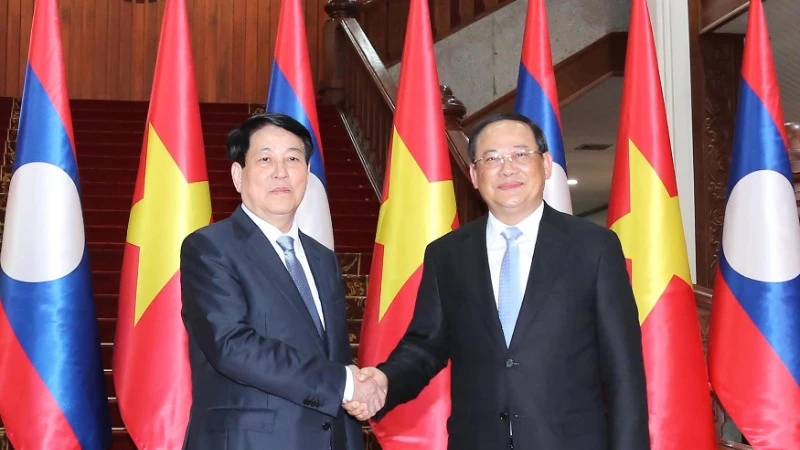

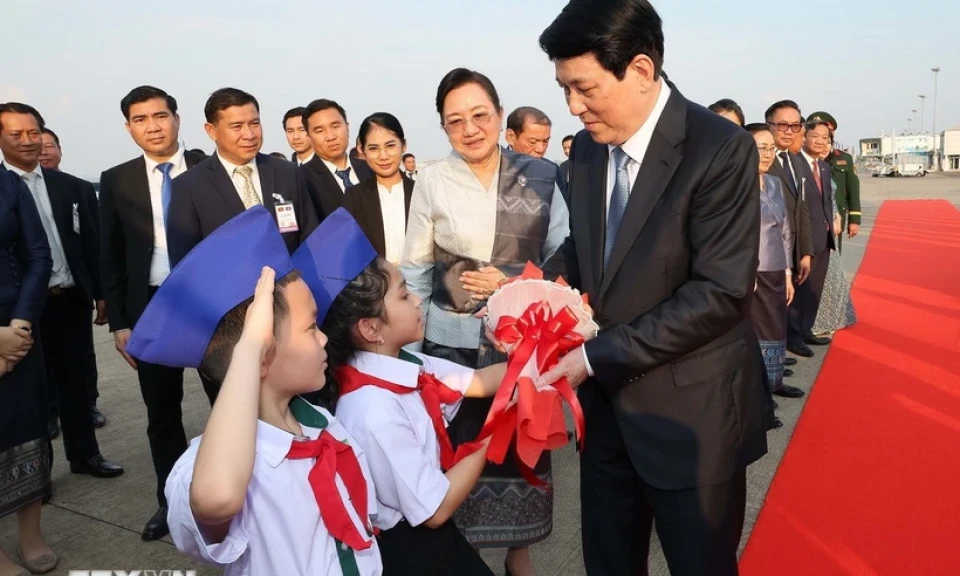
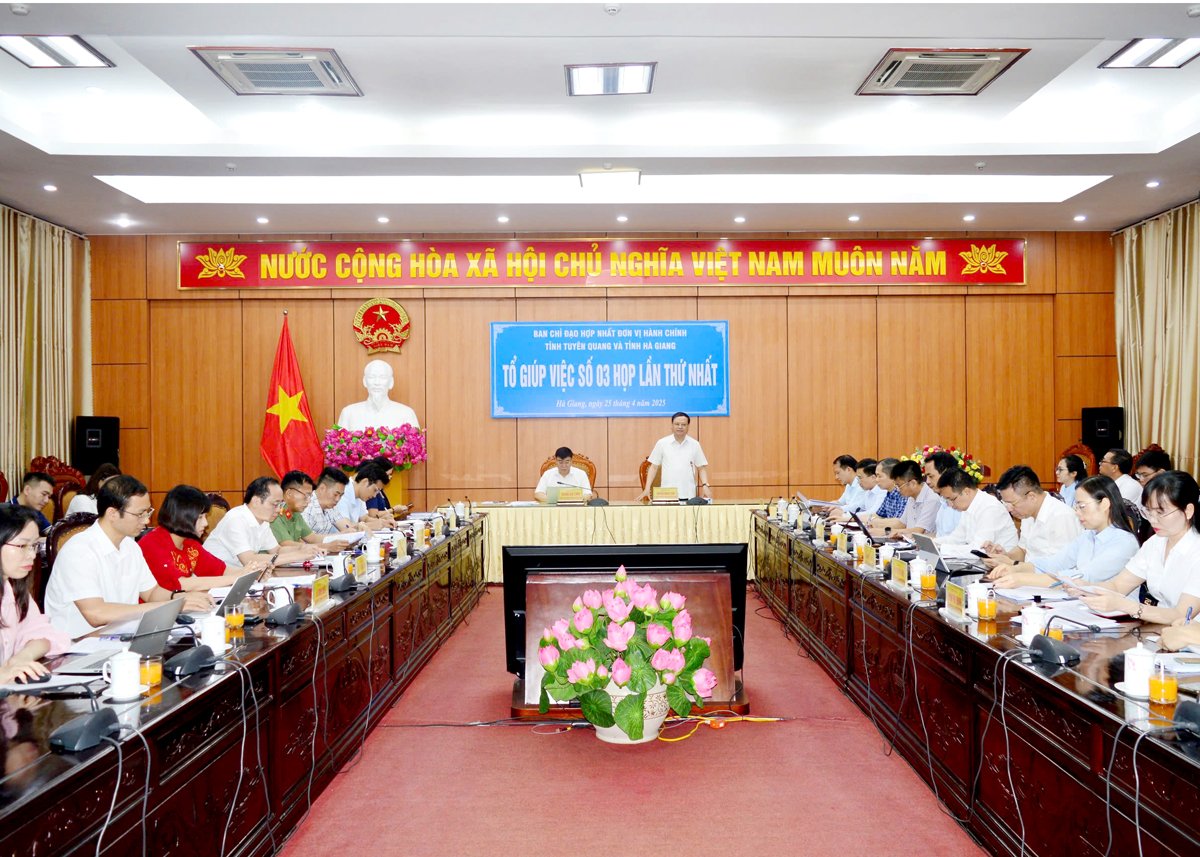
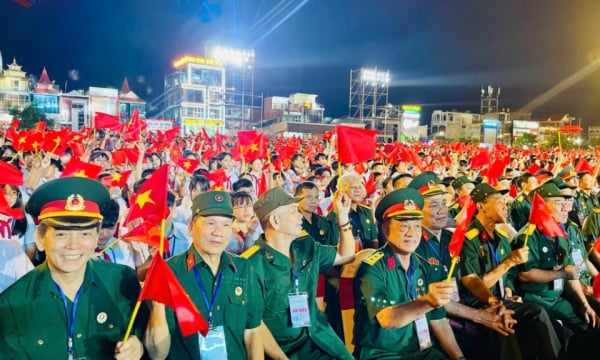
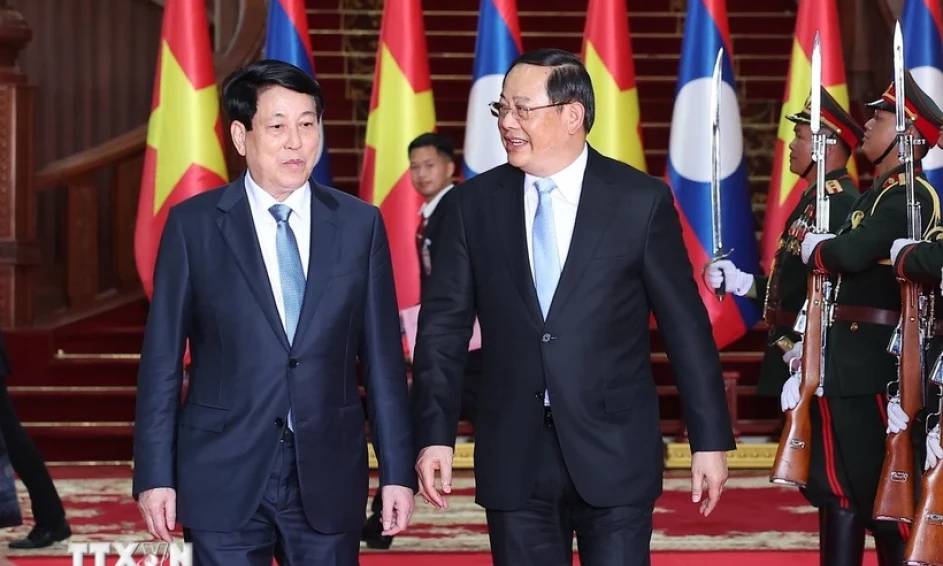
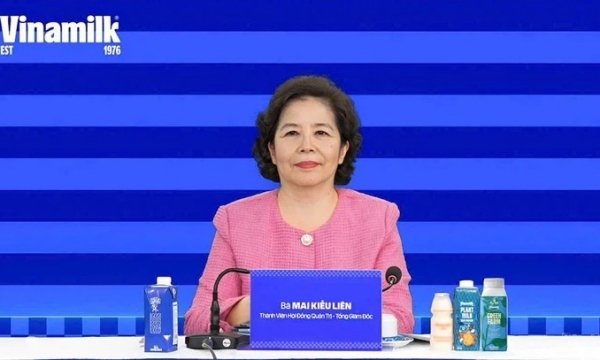
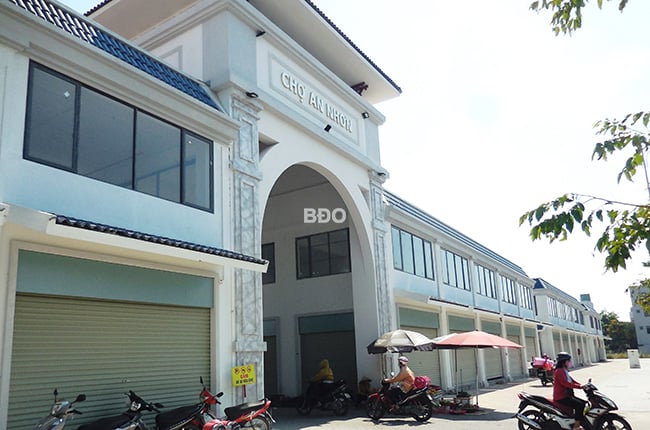
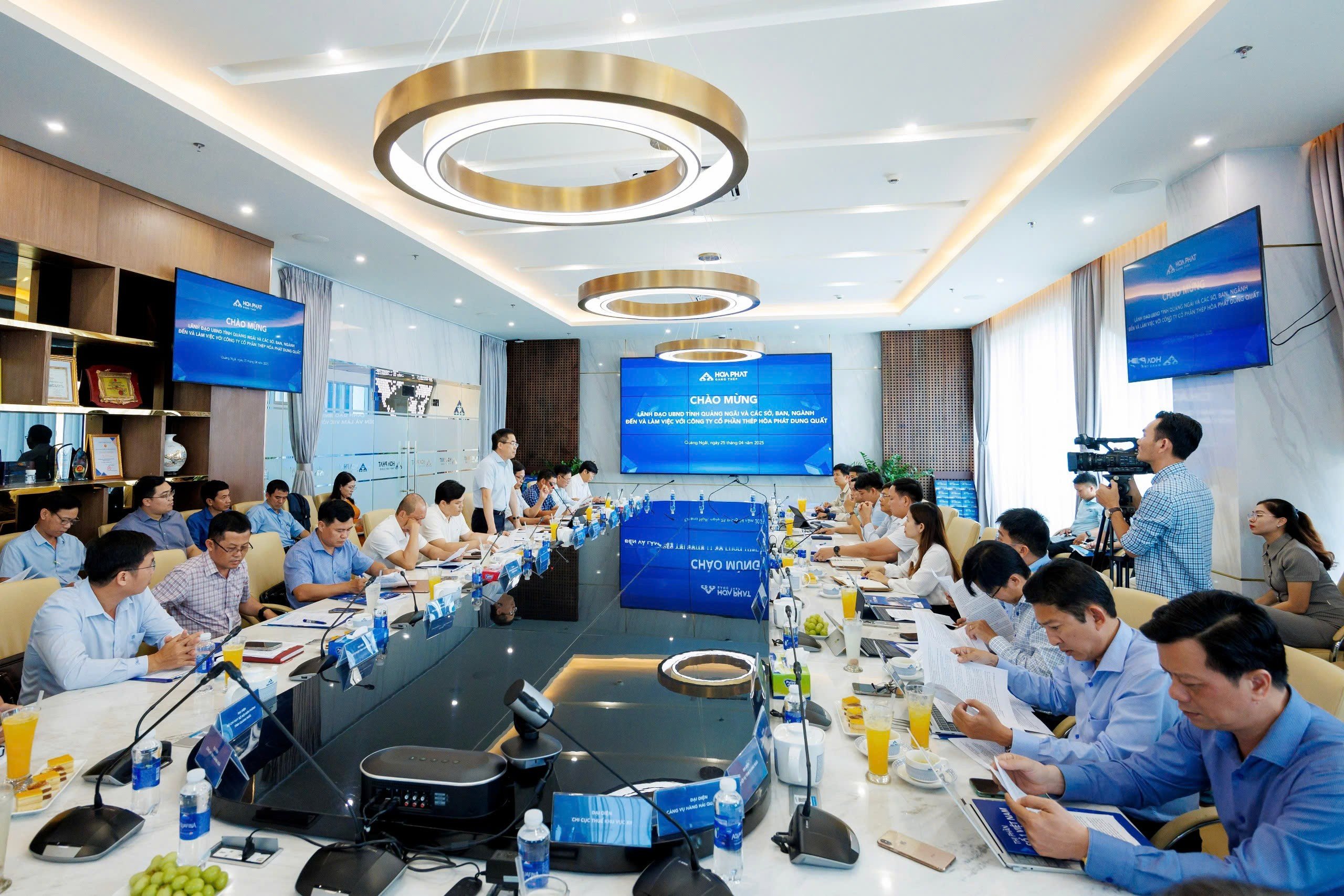
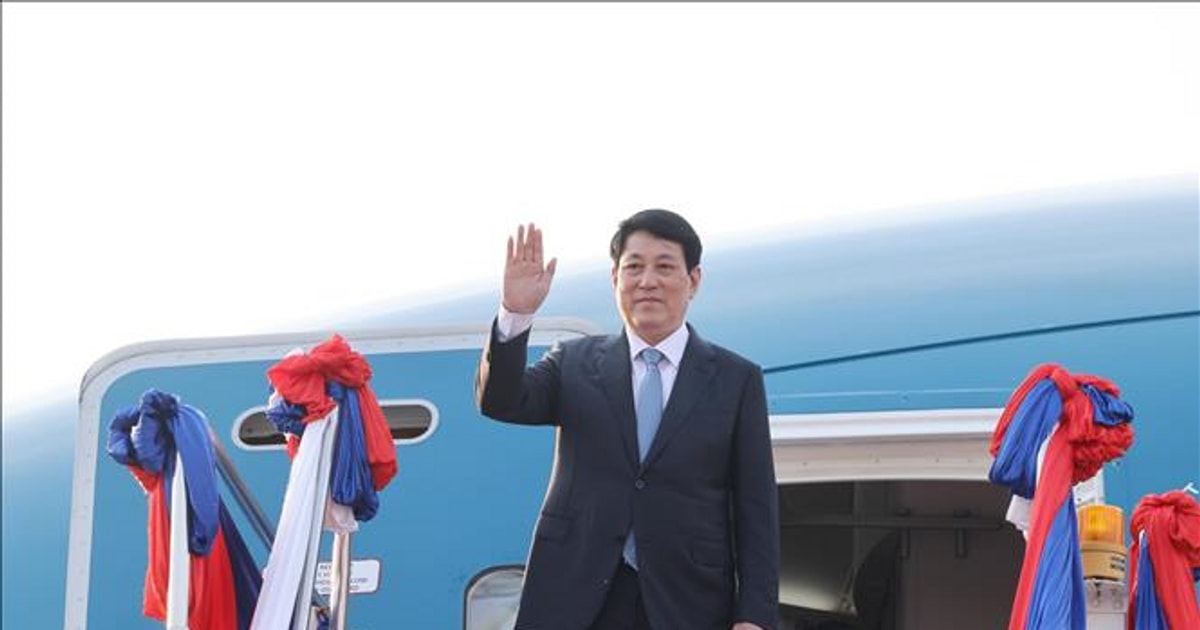
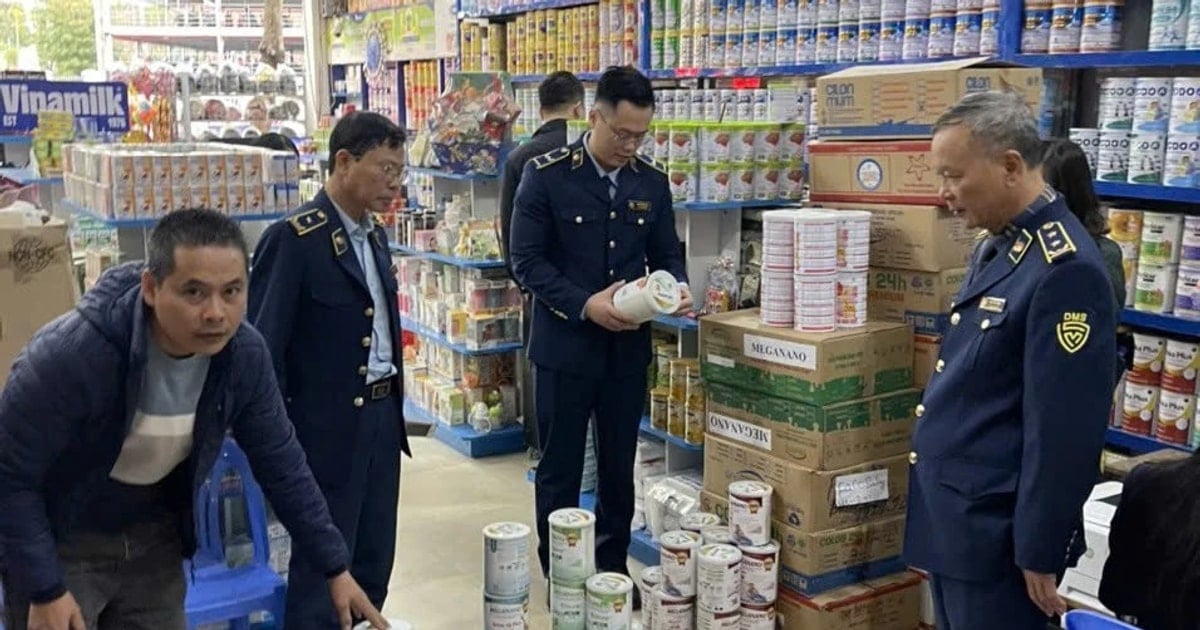
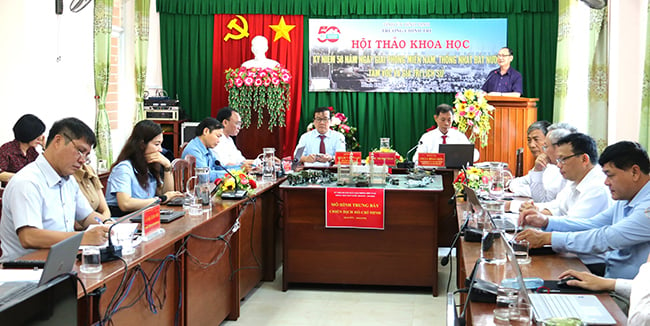
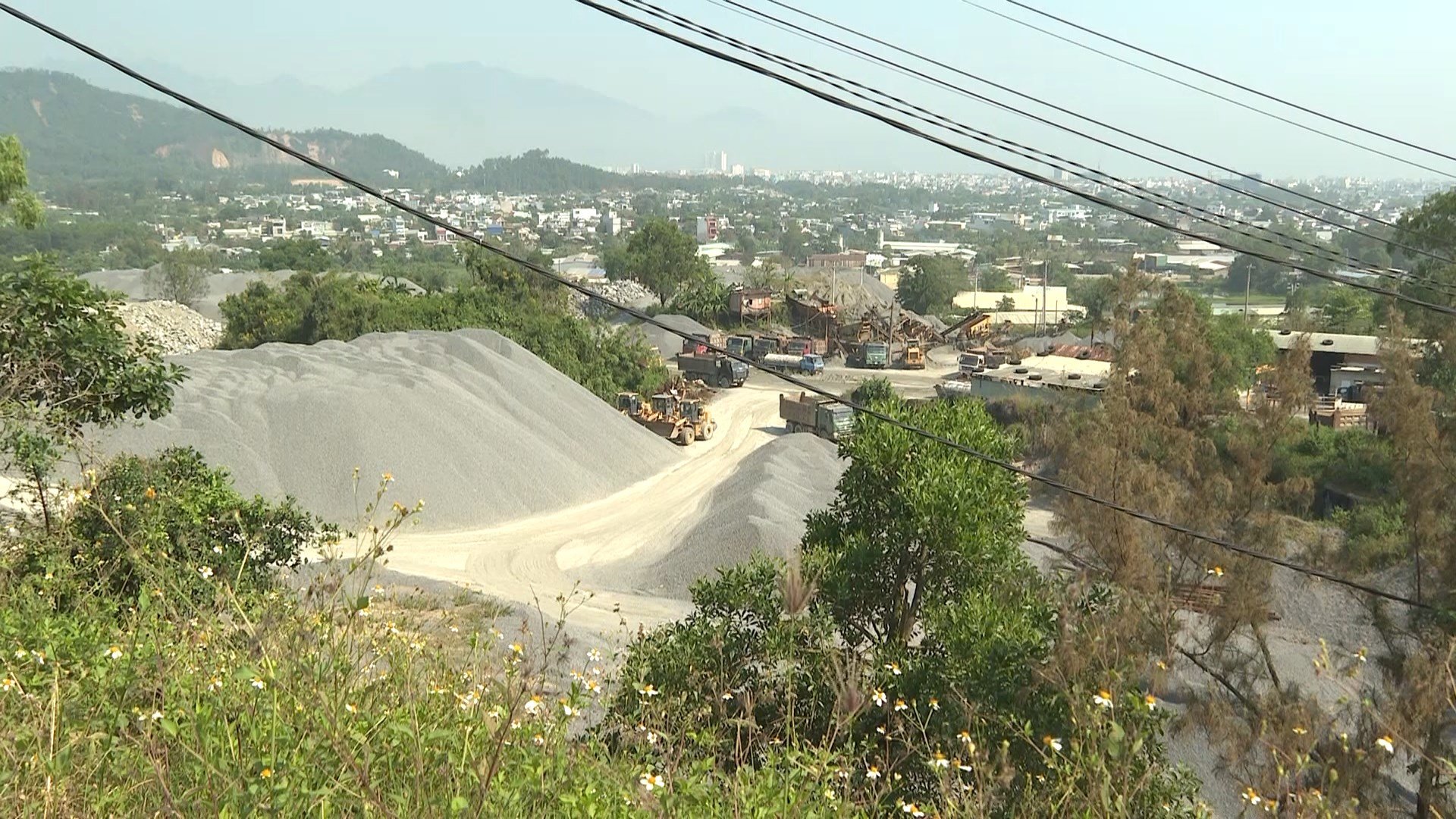
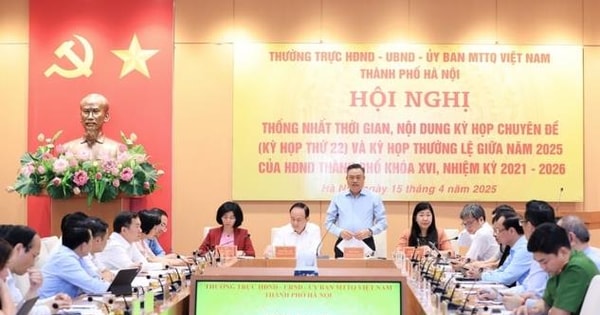
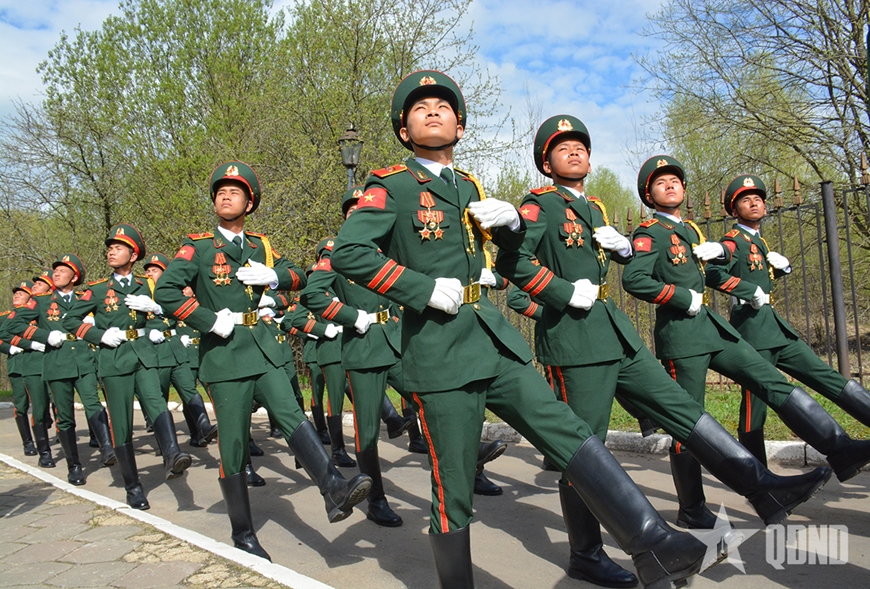
![[Photo] Ho Chi Minh City welcomes a sudden increase in tourists](https://vstatic.vietnam.vn/vietnam/resource/IMAGE/2025/4/25/dd8c289579e64fccb12c1a50b1f59971)

![[Photo] Liberation of Truong Sa archipelago - A strategic feat in liberating the South and unifying the country](https://vstatic.vietnam.vn/vietnam/resource/IMAGE/2025/4/25/d5d3f0607a6a4156807161f0f7f92362)
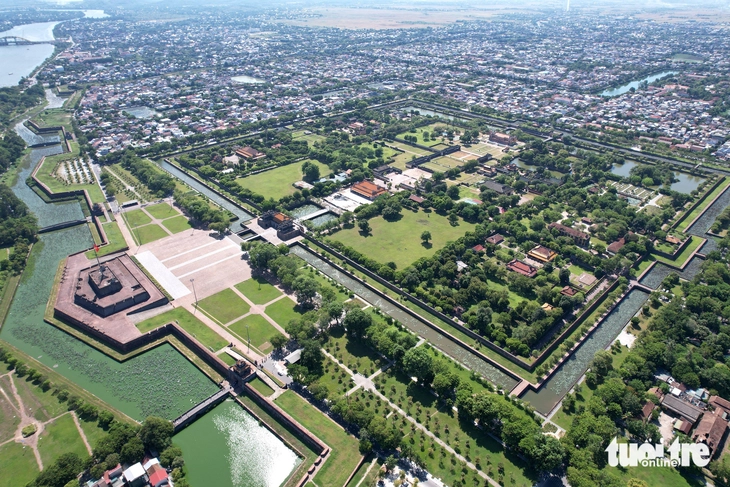

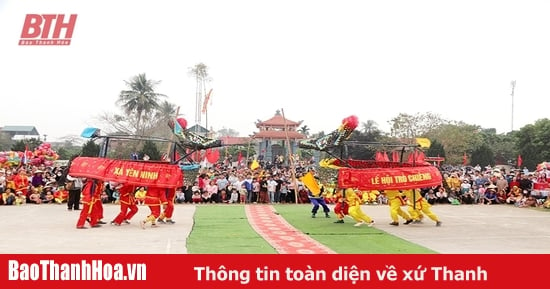



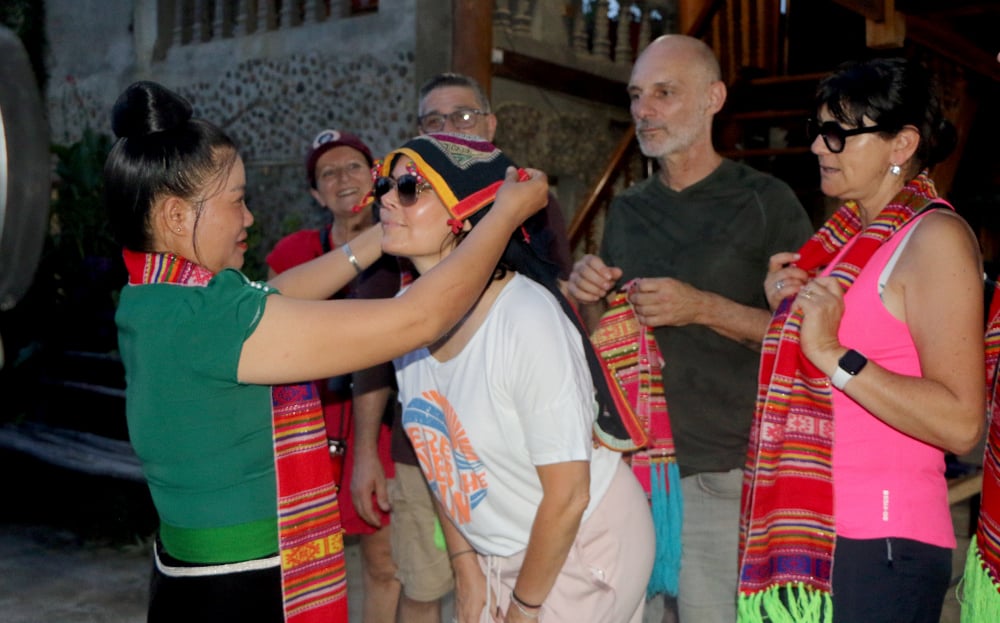
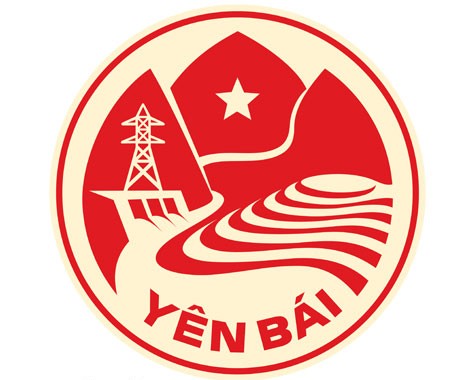
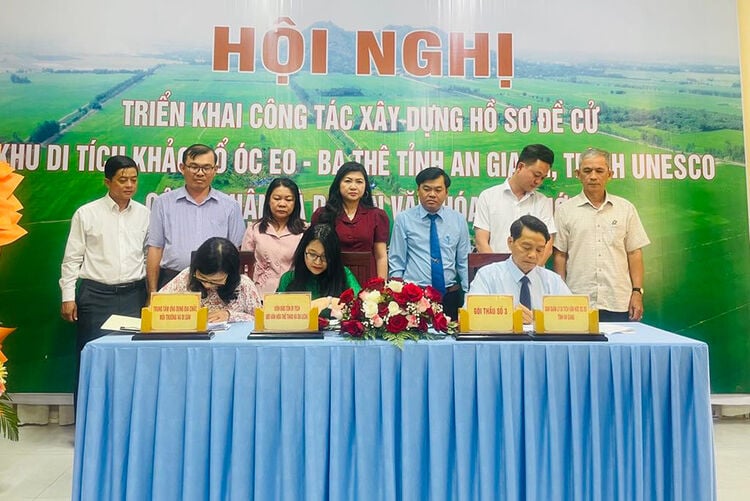

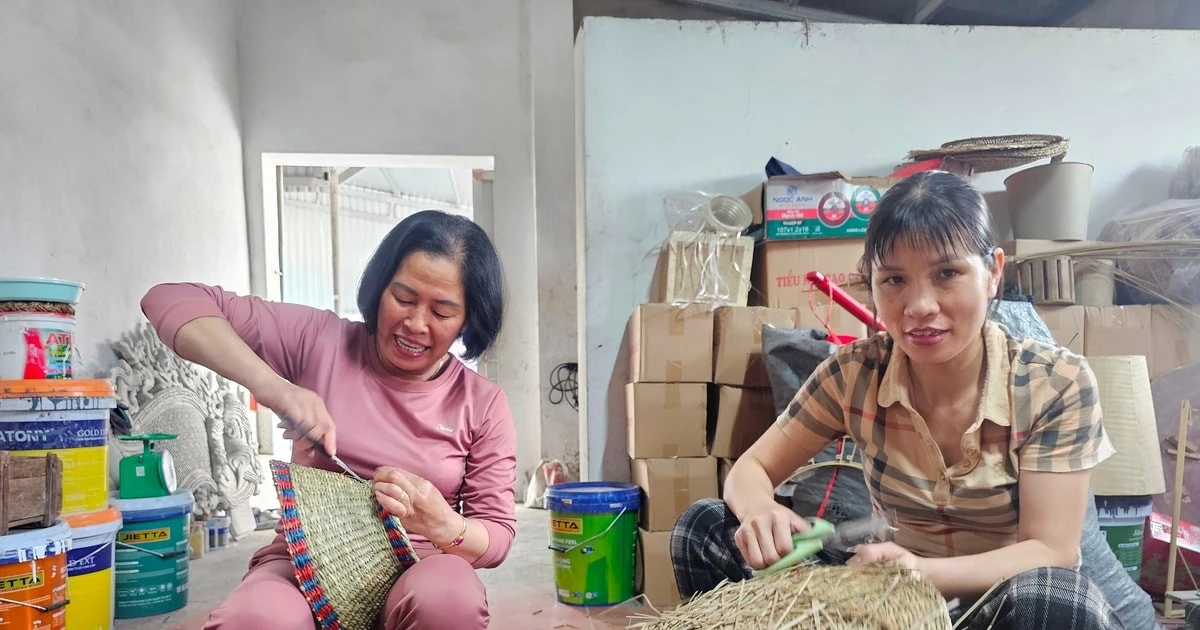





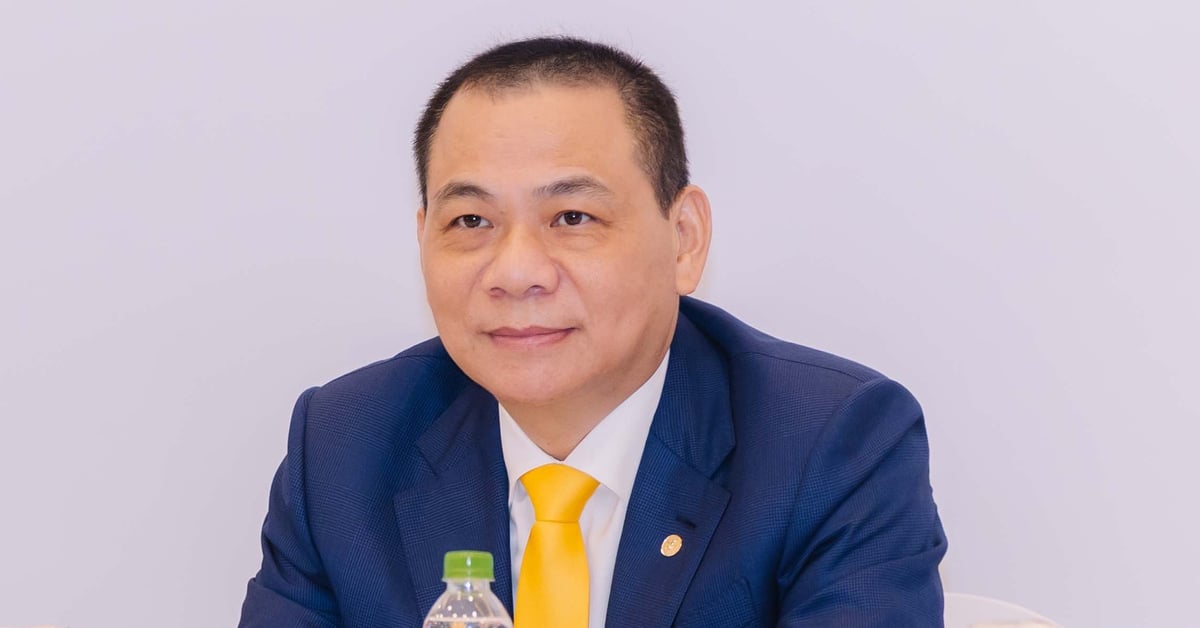



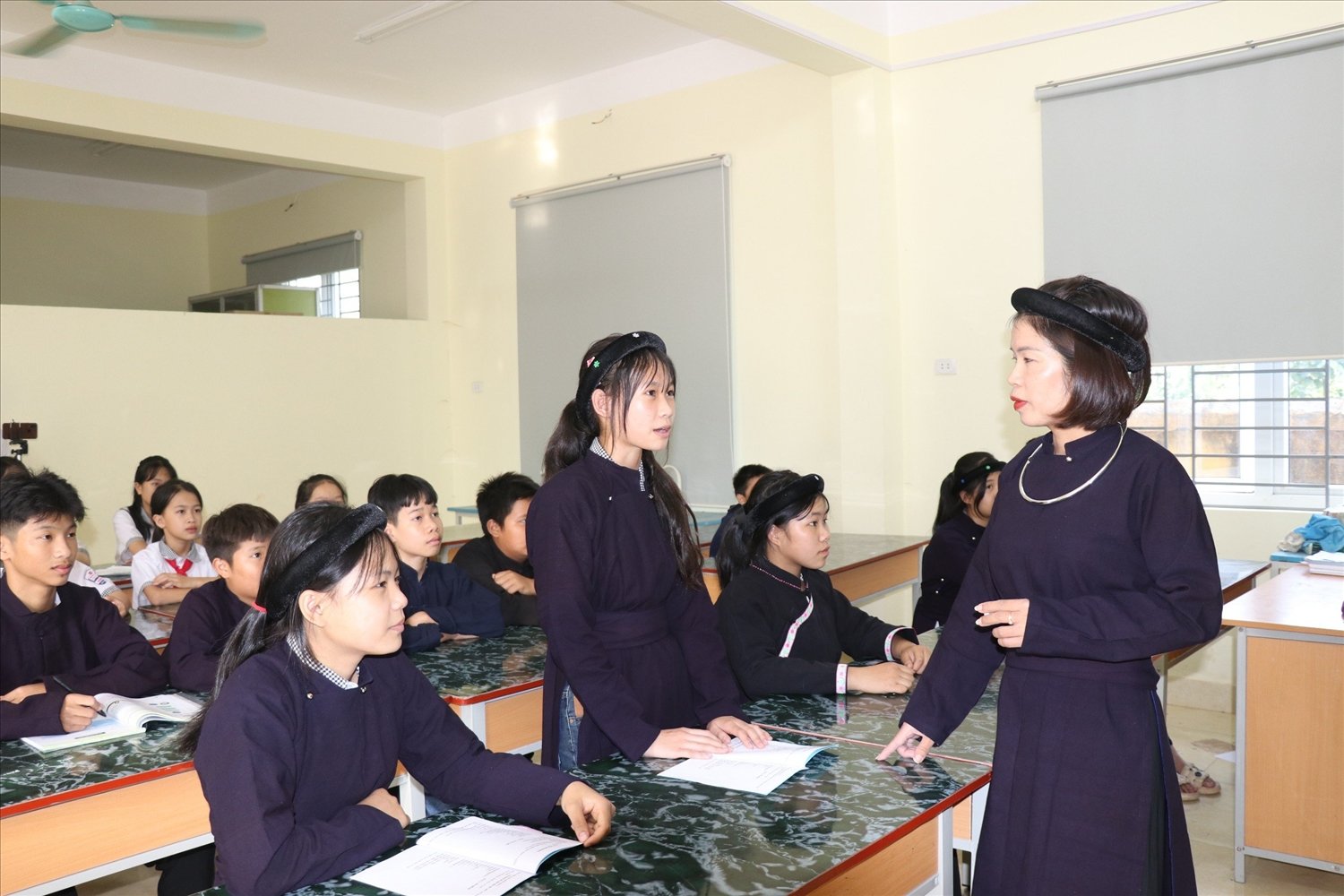



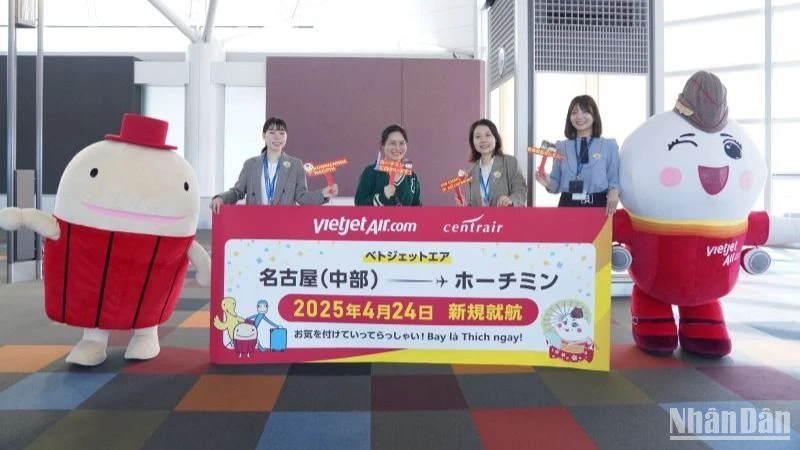


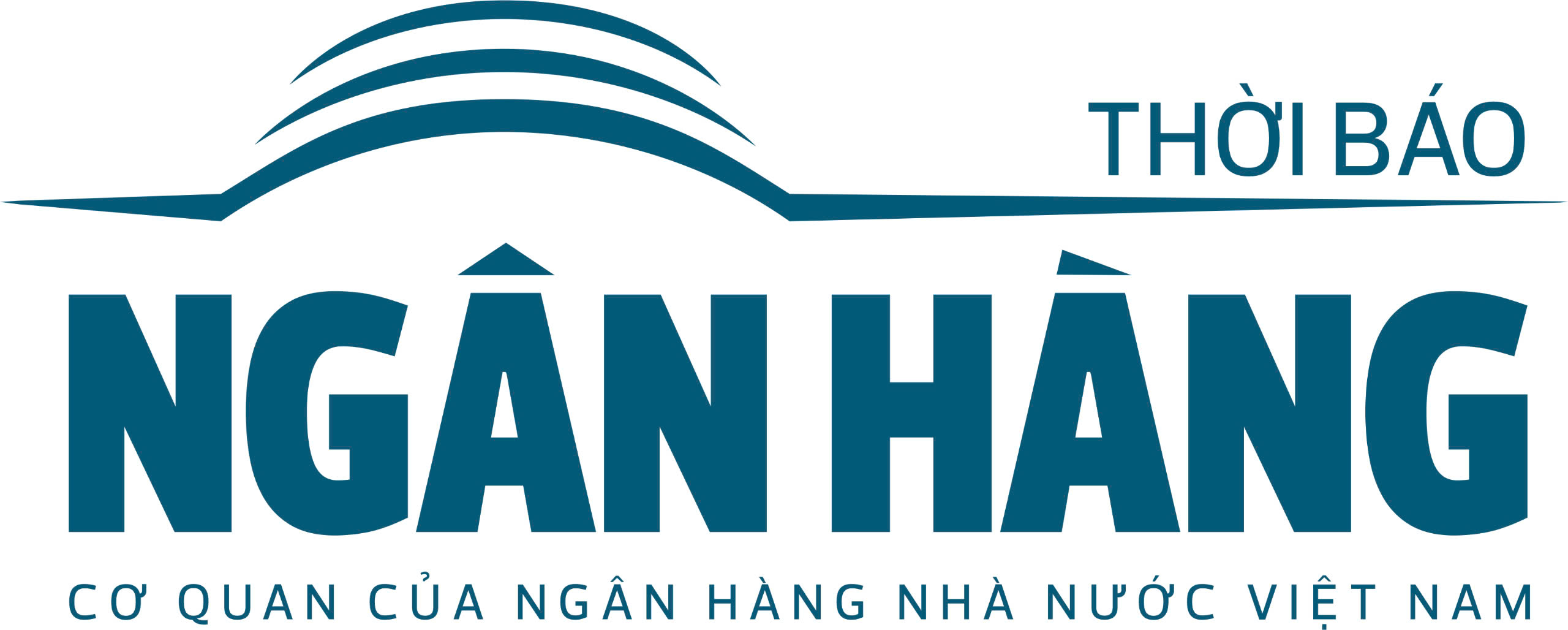
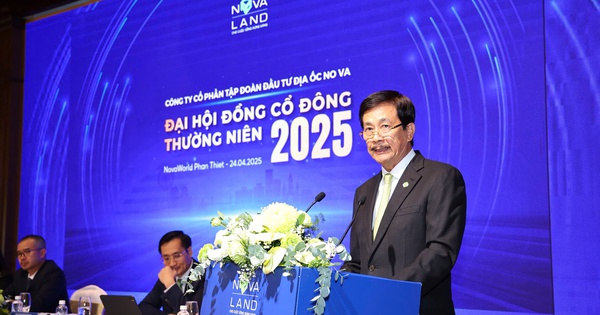

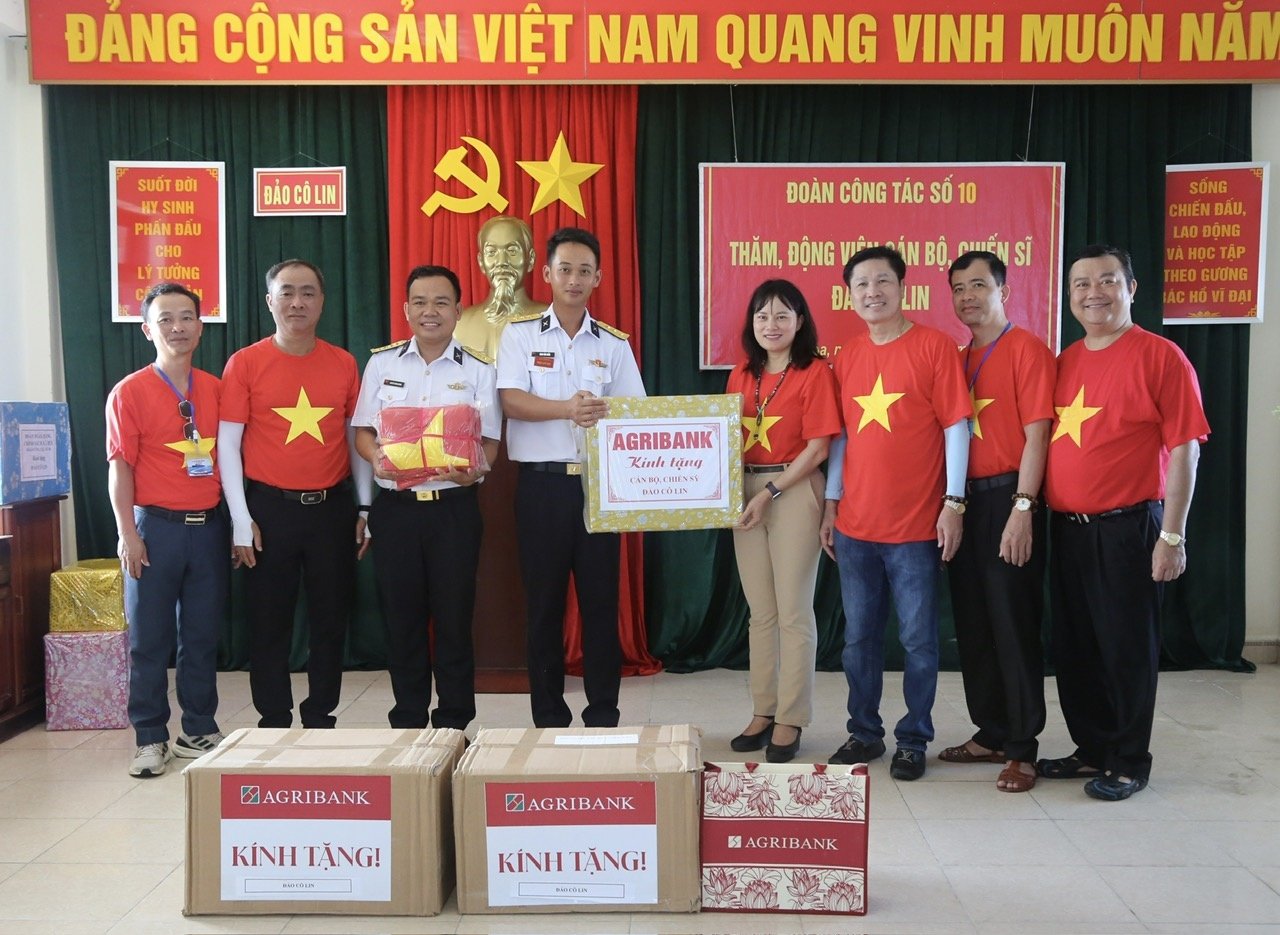
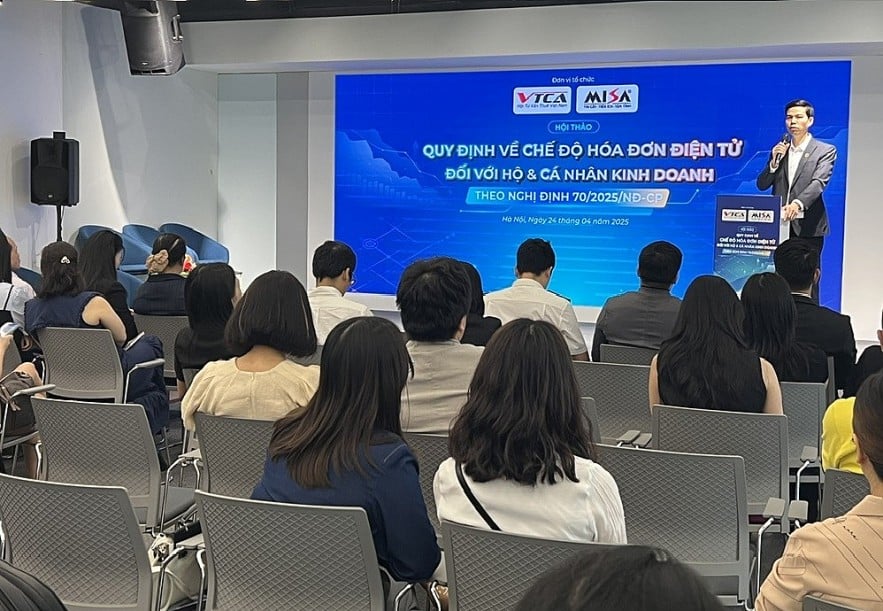


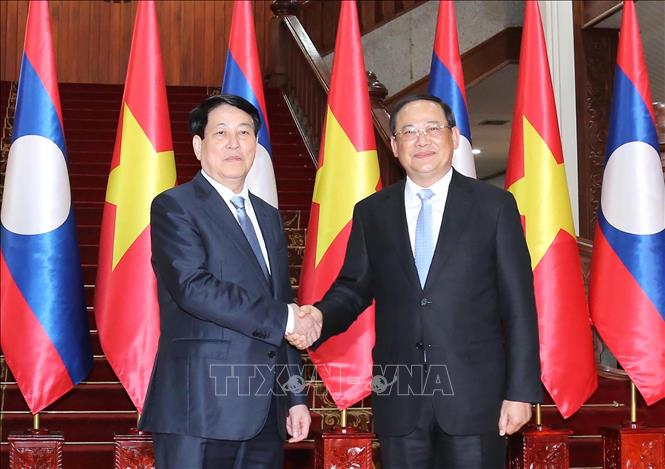
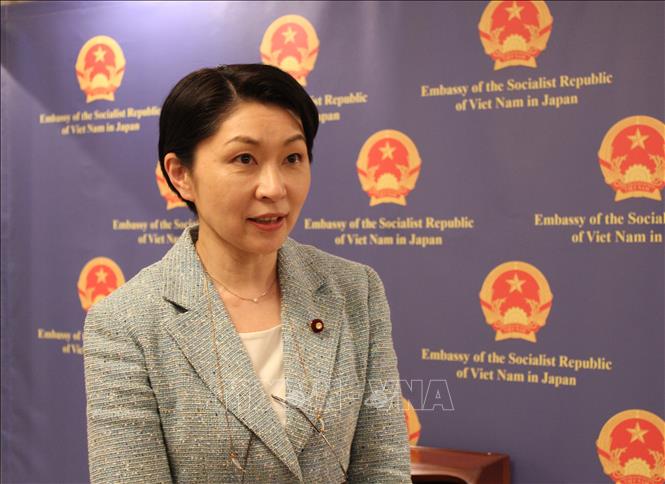
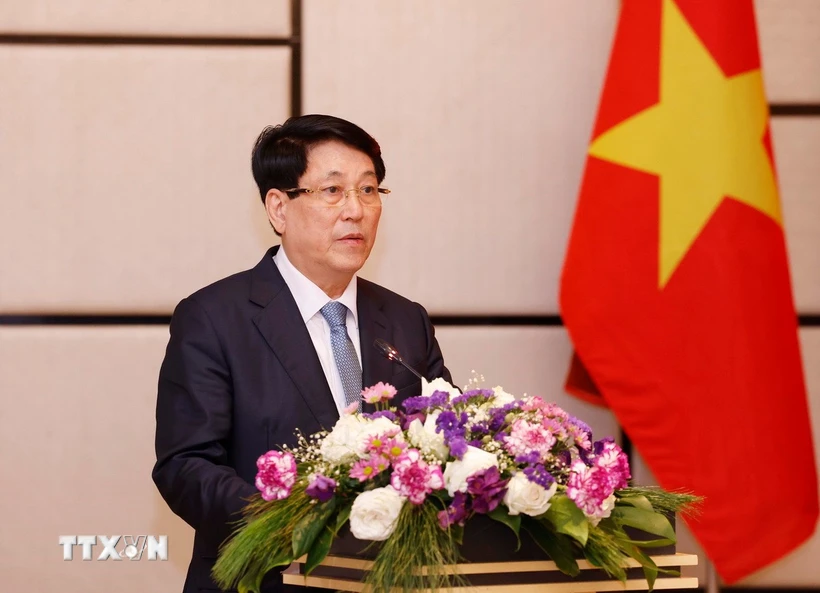

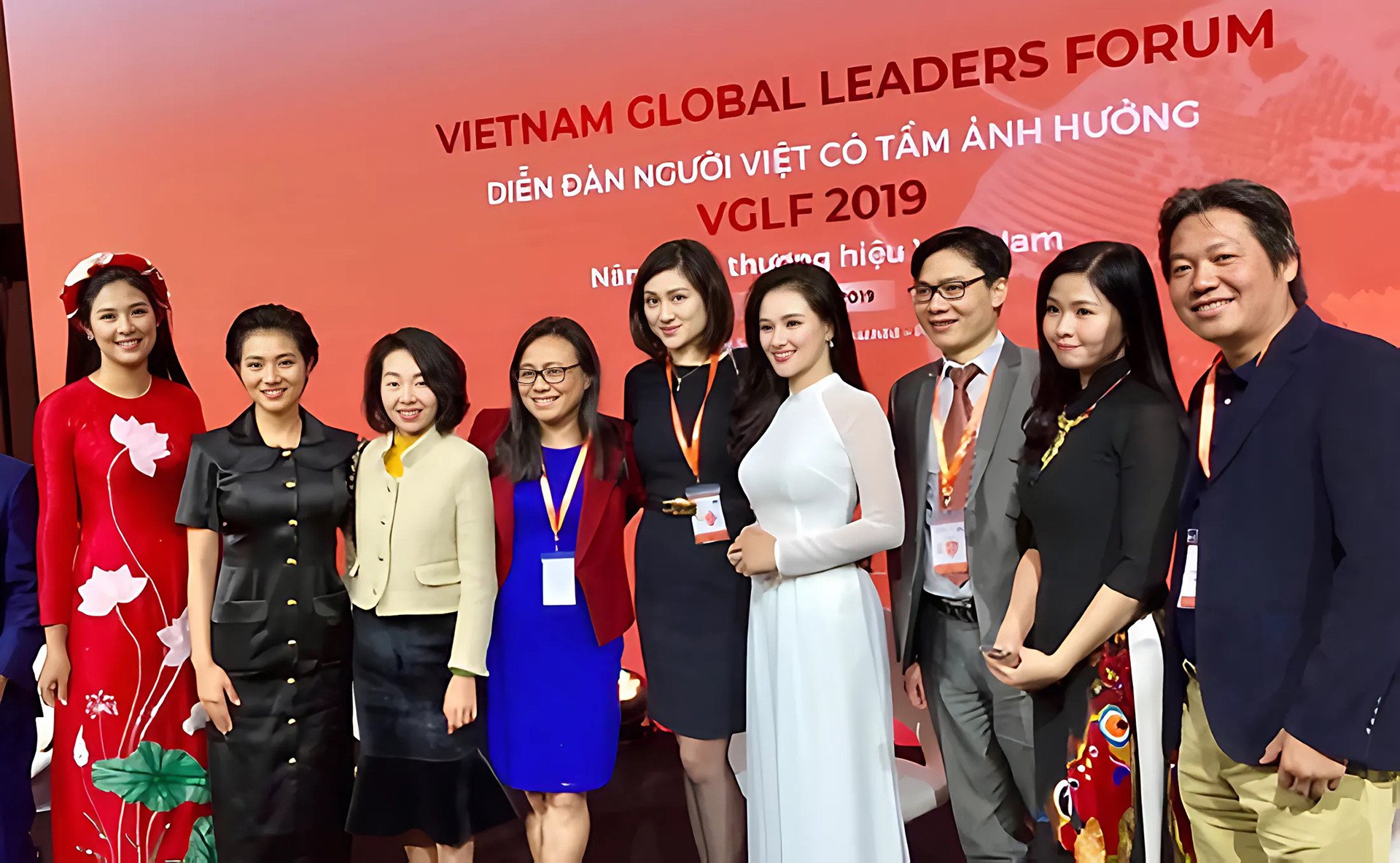



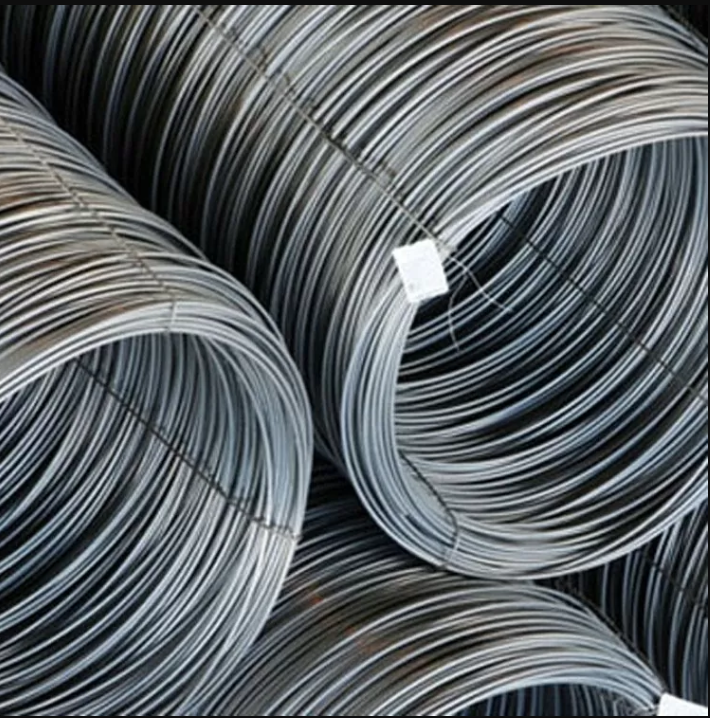
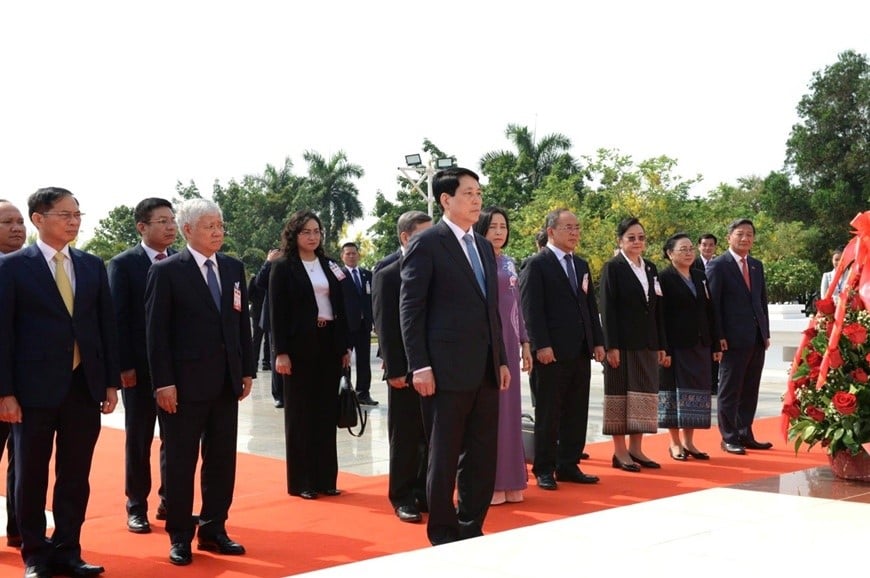
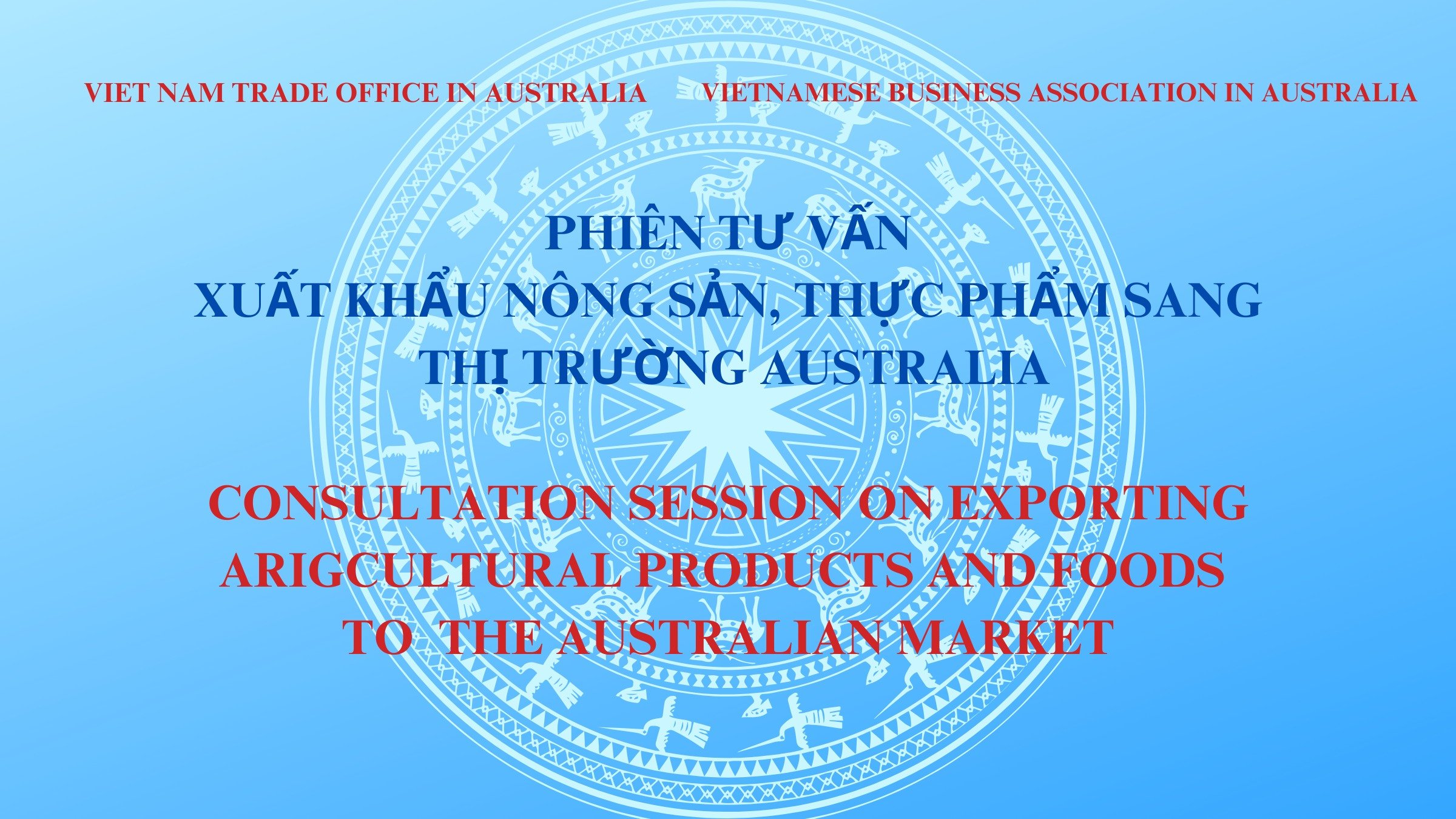



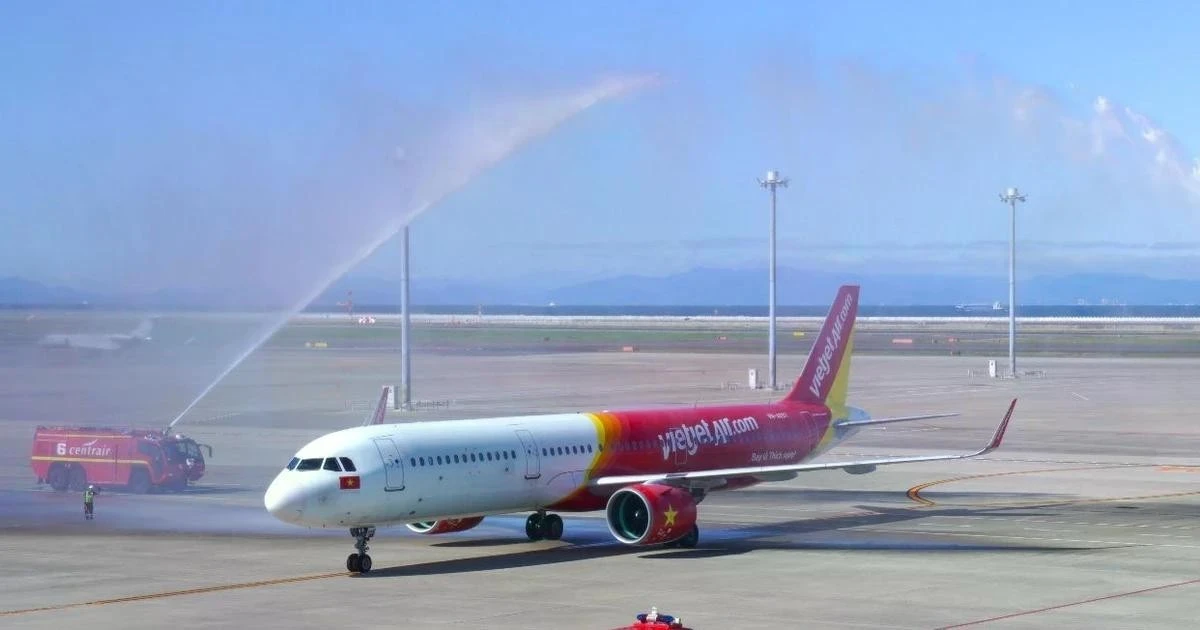

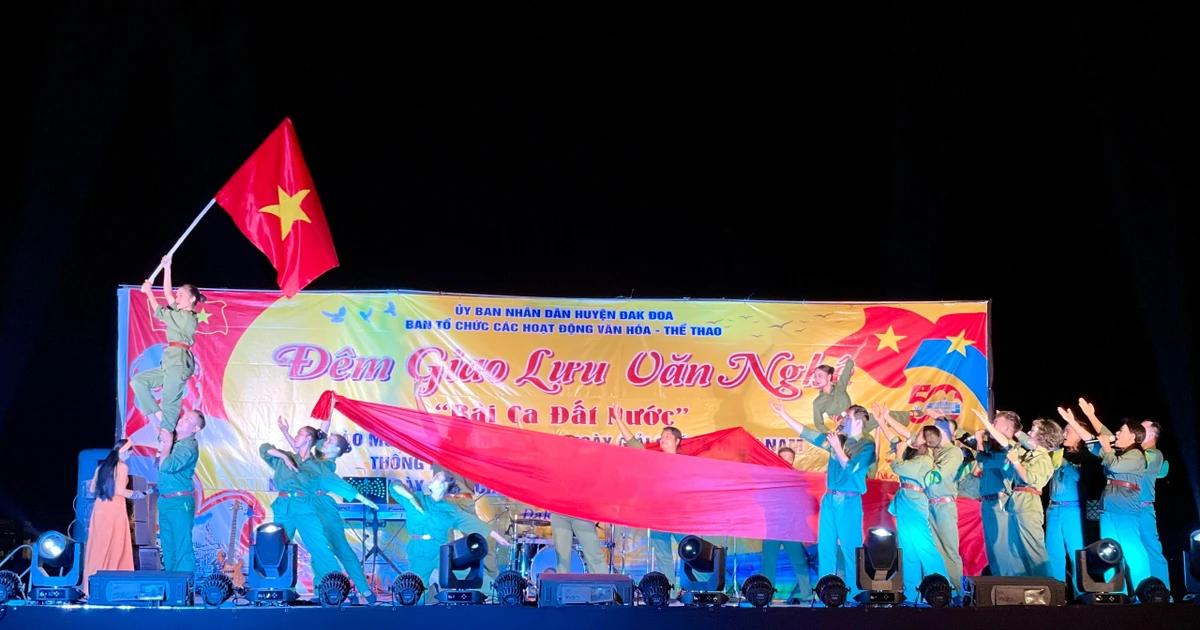



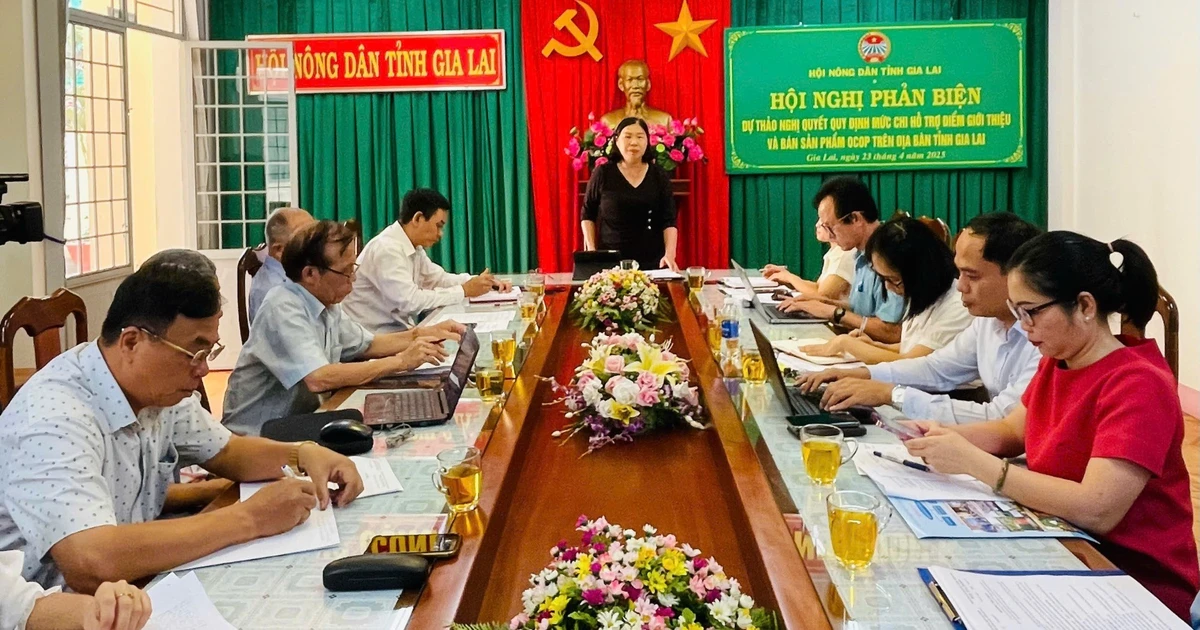







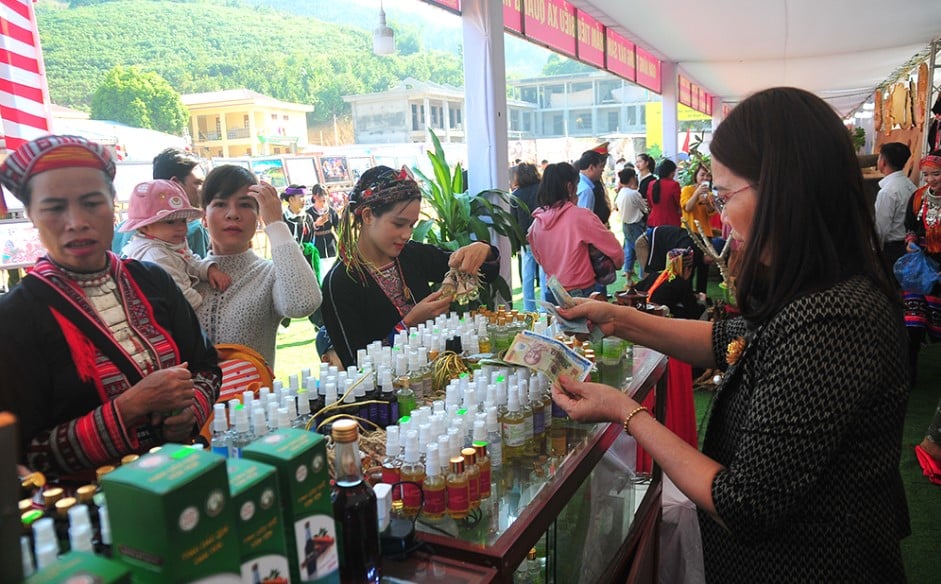
Comment (0)